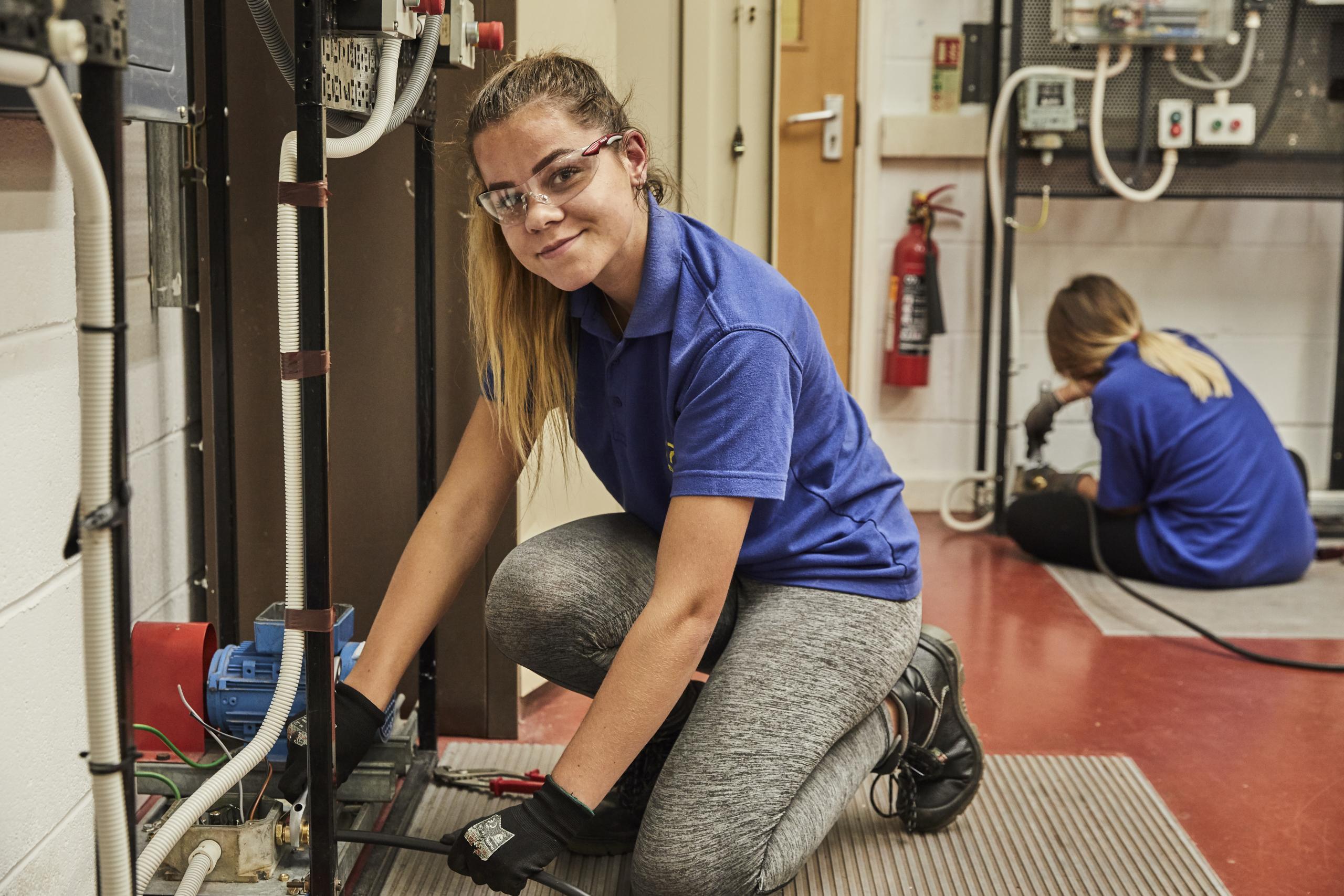
It’s often times said that one of the best ways to encourage more women into STEM (science, technology, engineering and mathematics) subjects and in this case, engineering, is to inspire them with role models and the experiences of other women.
The Institute of Engineering and Technology (IET) recognise young women making a name for themselves in industry with annual awards and so the list of influencers grows every 12 months.
These women are joining a long line of great female engineers, some famous and honoured, some unknown and unseen, but all of them making a difference.
The Women’s Engineering Society (WES) which exists to promote the education of women in engineering, every year publishes a list of 50 women currently working as advocates for women in STEM, driving to make a difference within the engineering industry and achieving beyond what would normally be expected.
WES has been supporting women in engineering since 1919 and it seems that it’s an organisation that is needed. Research from EngineeringUK in March this year shows that 16.5% of engineers are female, compared to 10.5% in 2010. So, there’s been progress but so much more is needed in inspiring the next generation.
No longer a male preserve
Engineering has traditionally been seen as a male dominated job, but it’s important that this changes because there is a widely acknowledged skills shortage within the engineering industry. To overcome it, it’s crucial for engineering candidates to be sourced from all parts of the population, including women. In fact without it, the shortage will always persist. It means of course that women are being positively encouraged to become engineers.
There is also more emphasis than ever on encouraging girls to choose STEM subjects while they are at school, opening up routes in further and higher education to become an engineer and enjoy a varied and rewarding career. For example, recently the IET published a report calling for the UK government to introduce new measures to raise the profile of engineering and technology in schools.
According to the latest government workforce data (Dec 2021) women now comprise 26.6% of the core STEM workforce, up from 24% in 2020. This is thanks, in part, to organisations such as WES and another called WISE (Women into Science and Engineering). The sector is aiming for a target of 1.5 million women working in STEM by 2030. This would equate to 30% of the workforce being female with that figure seen as the 'critical mass level', where a minority group of women would have the ability to affect real change.
The need for female talent
And real change is needed now. The pressing issue for the world today (and it will still be tomorrow) is climate change. Beth Probert from the WISE Young Professionals’ Board recently wrote on their website: “…issues like climate change are fast approaching critical points which, once passed, will have irreversible effects on our planet.
“If we don’t have enough young people right now that are interested in joining STEM industries such as conservationism and engineering, then we will not have the future workforce we need in order to come up with solutions to help us save the planet.”
Kay Hussain, chief executive officer of WISE has also written about the need for more female engineers: “A gender balanced, diverse and inclusive workplace, which represents all parts of society, is more important than ever to ensure we do not miss out on potentially game-changing talent that will allow us to tackle some of the biggest challenges we face.”
If you are a young woman or a parent of a young woman reading this, you can help secure your future or your girl’s future by considering the opportunities at TTE – a college on your doorstep, rated “outstanding” by Ofsted – which will lead to qualifications and future employment prospects in engineering.
TTE’s open day is fast approaching, in February 2023, when you can meet and chat to our training officers, the employers we work with and the apprentices who have already taken the plunge. Come and find out just how much you’re needed.
